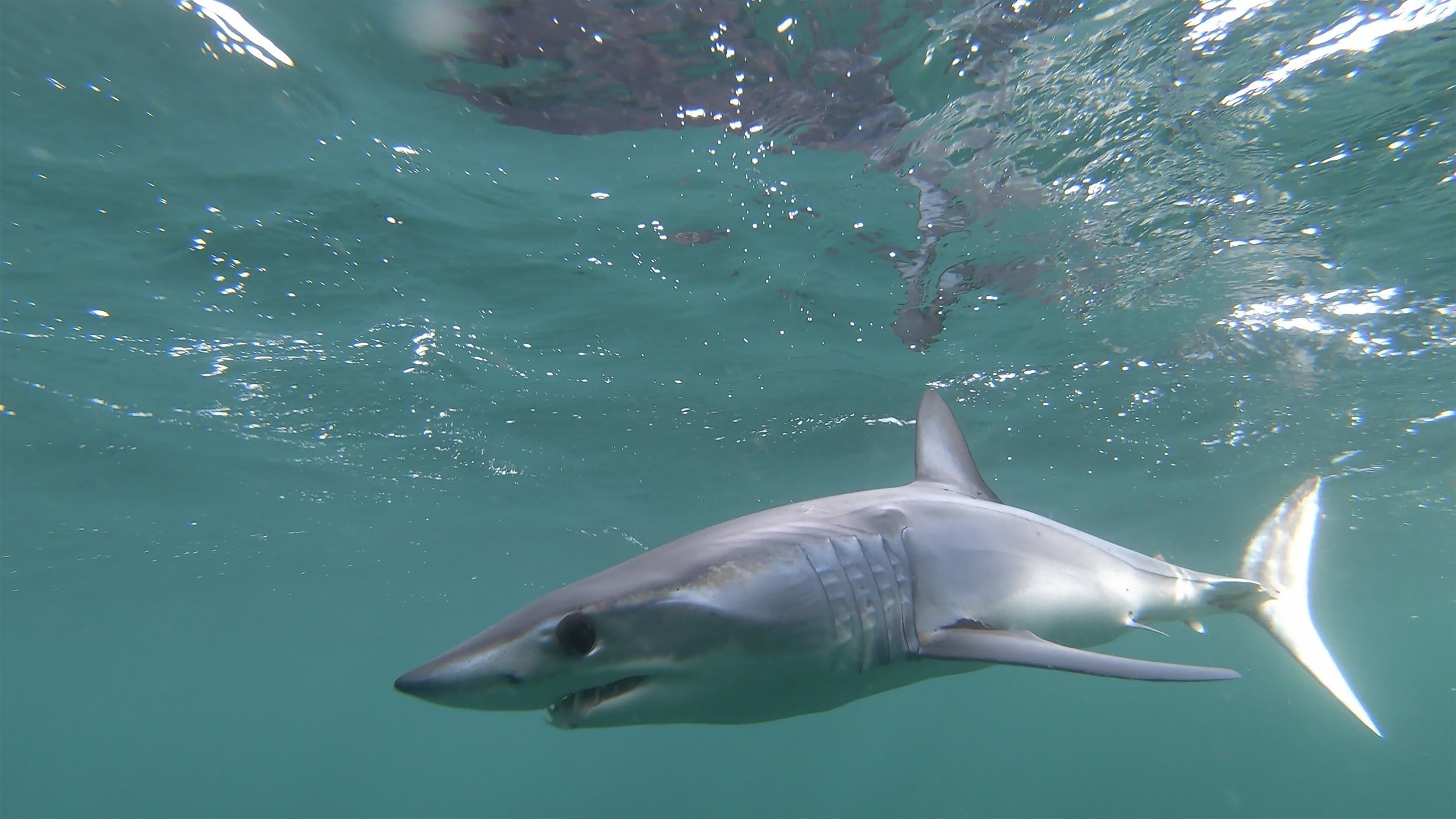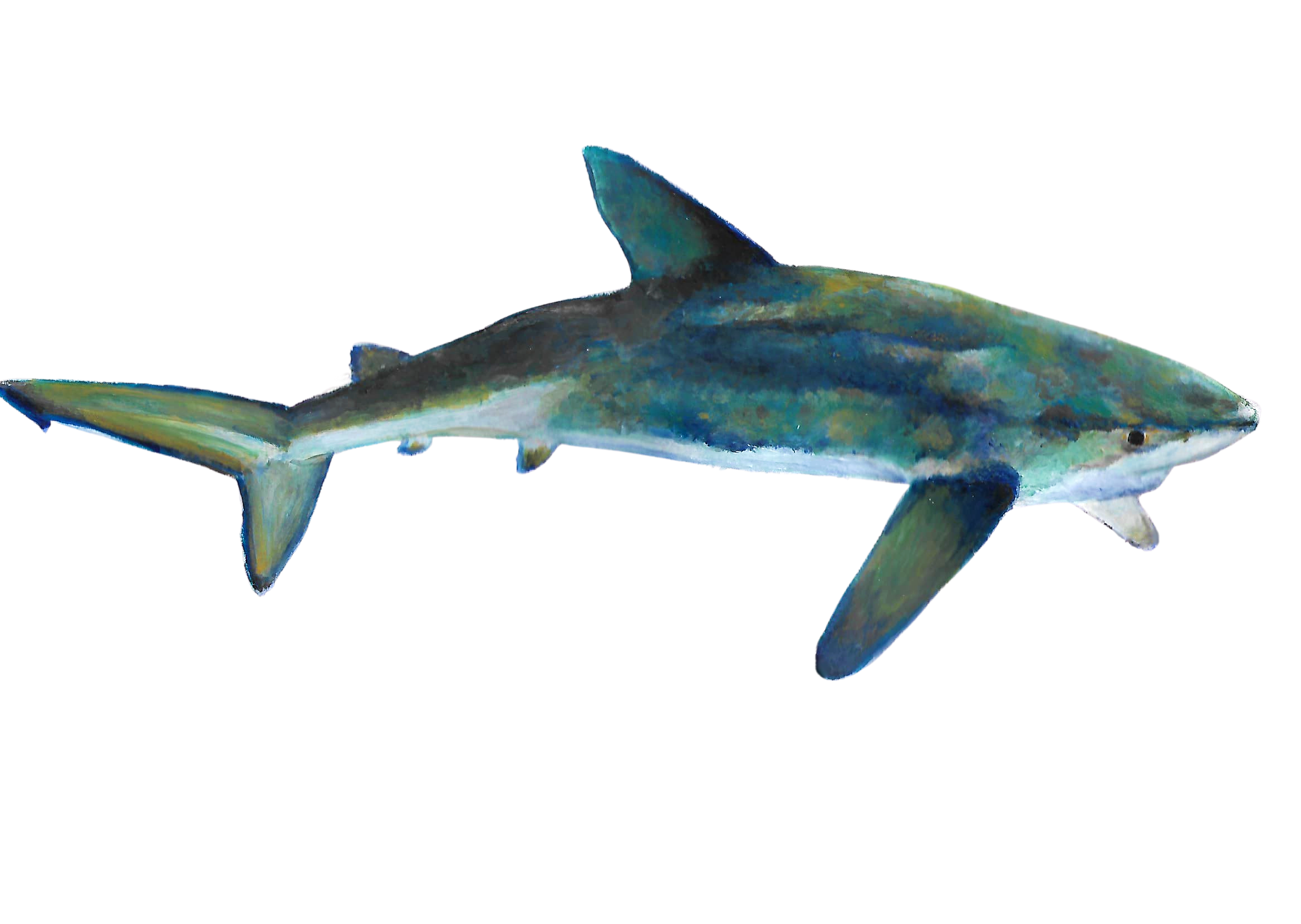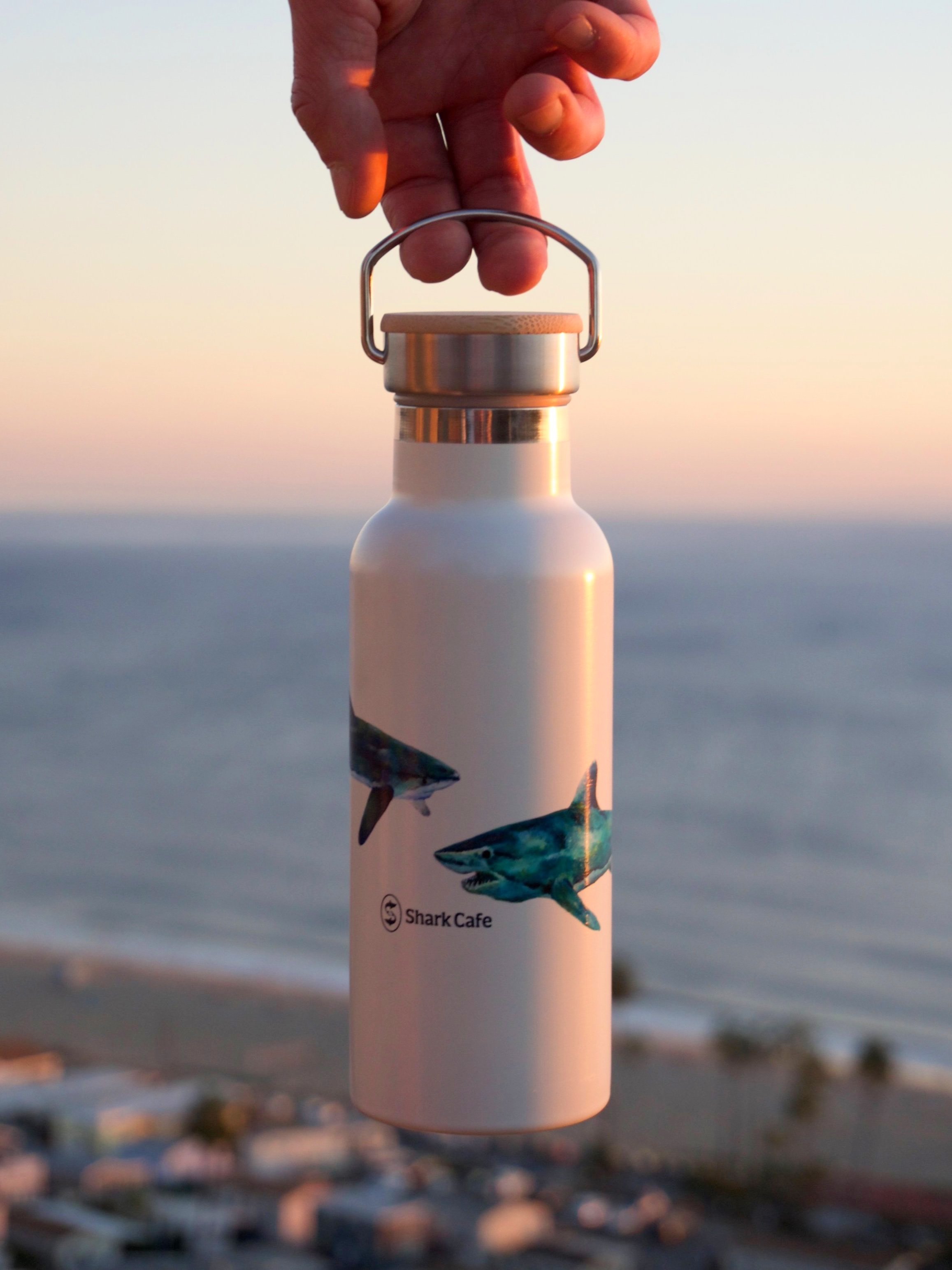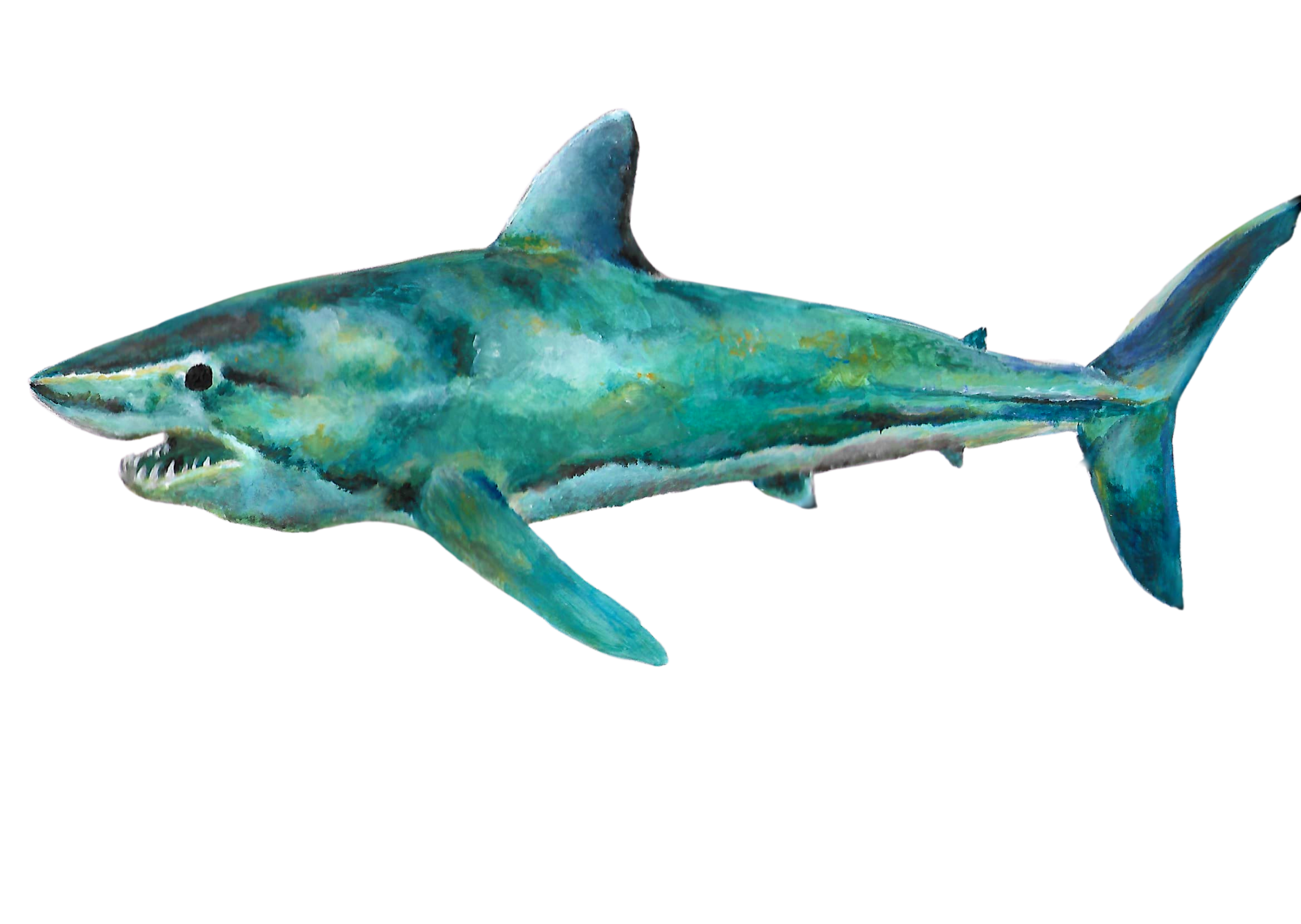Are Mako Sharks Sufficiently Protected?
Image by Evans Baudin of Baja Shark Experience (@evansbaudin)
The Background
Trying to piece together the story of shark protections, or lack thereof, is like trying to put together a one thousand piece puzzle, only you’re missing a few integral edges and corners. Sharks are classified as a highly migratory species, with some sharks covering upwards of a couple thousand miles per year. The reason this is important is because setting up protections within state waters or known pupping or breeding grounds, is only a small sliver of the pie. Once a shark ventures out into unprotected waters, they are fair game to be fished, despite scientific and governmental pressure to conserve them. Additionally, there is hardly any recognition that the majority of these protections are not actually law, but nothing more than agreements or frameworks for participating Parties. This gives us all a false sense of hope. Protections in the United States vary from open sea promises like CITES and CMS, to state laws, and the IUCN Red List, which serves purely as scientific advice. Don’t get me wrong, it is better to have these agreements than not, but what is frustrating upon further investigation, are the gaping holes in public messaging. In this article, we will dive into the specific discrepancies surrounding mako shark conservation, both Shortfin and Longfin, as well as each of these agencies, who have been leading the decades-long fight for basic preservation.
Before we roll up our sleeves to color-sort the puzzle pieces, let’s point out some key mako shark characteristics that provide a specific approach to conserving their populations. Globally, mako sharks are a large, predatory shark species that patrol the open ocean (mostly outside of state waters) for fish (herring, mackerel and swordfish) and small cetaceans. They are famous for their torpedo-like shape and lightning speed, ripping through the water at nearly 45 mph. Despite their charisma, they haven’t been able to avoid most of the threats that their fellow sharks have fallen victim to. Mako sharks are targeted for most shark products (fins, meat, liver oil, hyde, teeth, and jaws) and are a common victim of bycatch, notably by the swordfish and tuna fisheries. The combination of demand for shark products, with longline and gillnet fishing methods is forcing populations to decline rapidly, leading to an, “unprecedented increase in the risk of extinction,” according to an alarming recent report in Nature and IUCN.
Today, there are two species of mako shark left on our blue planet: the Shortfin and Longfin Mako. In most instances, you are likely hearing about the Shortfin Mako population, despite the Longfin encountering the same fisheries and threats. Longfin Makos patrol the same pelagic ecosystems and are often mistaken for a Shortfin. It is certainly a positive that both species are listed as “Endangered” by the IUCN Red List, under Appendix II of CMS and CITES. And by positive, I mean that the international organizations agree. However, only the Shortfin Mako Shark is considered a “candidate” for the ESA (via NOAA), and looked at by ICCAT. I am sure your head is already spinning with acronyms, much like mine was. Let’s break down each of these organizations by purpose and effectiveness.
Getty Images
The Breakdown
The International Union for Conservation of Nature (IUCN) was founded in 1964 with a set of criteria that evaluates the extinction risk for plants and animal species, and consists of government and civil society organizations (with more than 18,000 experts). Their “Red List” is considered the world’s most comprehensive classification of global conservation status for plants and animal species. The criteria are intended to be an easily understood system that classifies species by dividing them into into nine categories: Not Evaluated, Data Deficient, Least Concern, Near Threatened, Vulnerable, Endangered, Critically Endangered, Extinct in the Wild and Extinct. As you can tell, both Mako shark species securing the “Endangered” status is quite concerning. Despite IUCN not controlling law, the Red List is still an important indicator of the world's biodiversity, and acts as a powerful tool to inform and catalyze change in conservation policy, which is critical to protecting the natural resources we need to survive.
The Convention on the Conservation of Migratory Species of Wild Animals (CMS) is an environmental treaty of the United Nations Environment Program. Only 48 nations have signed on to follow their shark guidelines. Much of Asia, Central and South America, and Russia are not members. This is important to note because many countries who are involved in the fin trade are not a part of CMS. The convention serves to create non-legally binding principles of operation and management. Mako’s Appendix II listing (aka Migratory species conserved through Agreements”) essentially means that CMS acts as, “a framework convention from which separate instruments evolve.” Again, this is not law, but instead advice to follow for the Parties involved.
The Convention on International Trade in Endangered Species of Wild Flora and Fauna (CITES) is the largest and most used governing program with 183 member states (Parties). CITES came to fruition in 1963 during an IUCN meeting to specifically tackle trade between nations. While CITES is legally-binding, there are significant loopholes. The big misunderstanding by most is that this would mean those species are fully protected internationally. However, what it really means is that the Parties abide by the rules that are determined by CITES, which can only control international trade, nothing more. Again, these rules are not laws. If the Party determines that a particular species can be fished and traded in a non-detrimental way, then they can give permits for those species. For example, in order to determine whether a shipment of fins needs a CITES permit, officials have to identify the species of shark fin and that usually requires extreme expertise and expensive genetic testing. Okay, this raises a red flag.
In 2019, mako sharks were added to Appendix II of CITES. Although makos are on CITES’ radar, the large handful of species that are taken for their fins are not. This makes it extremely difficult to decide whether fins came from a CITES-listed species, or not. Inspections of cargo ships often uncover smugglers hiding fins in hard to reach containers and/or trading it disguised as a legal species, dodging the need for a CITES permit. The expertise to identify different species by visual inspection is hard to come by and potentially inaccurate. The process of genetic testing is time consuming and expensive, making it much easier for smugglers to get away with trading shark fins that are considered “illegal.” In summary, the main objective of CITES is to regulate wildlife trading, not crack down on illegal wildlife trafficking.
Each of the international organizations outlined so far have agreed that both Shortfin and Longfin Makos deserve conservation. In the United States, we have an Endangered Species Act (ESA), but it only covers a handful of shark species. Recently, Shortfin Mako Sharks were considered to be a “candidate” of the ESA. This is because NOAA and FWS, the US government regulatory agencies, believe our shark stocks are fine and do not need to be completely listed. Listing is a very slow and complicated process to get a species added, not to mention the rest of species fall under fisheries management and regulations (ICCAT in the mako’s case). The law (!) requires federal agencies to ensure that actions they authorize, fund, or carry out are not likely to jeopardize the continued existence of any listed species or result in the destruction or modification of critical habitat for that species. The ESA prohibits any taking, import, or export of any listed species.
Getty Images
The Problem
As if the story of mako listings wasn’t murky enough, here is where protection of the species gets even more clouded. We can boil it down to one statement, if both mako species are considered “Endangered” by the IUCN Red List, CMS Appendix II, and more recently CITES, then why are there such vast discrepancies between “protections” in the ESA and on the state level? Longfin Mako Sharks are considered “protected” in international trade via CITES Parties, but not by the ESA. If they follow scientific advice, shouldn’t the United States (NOAA) jump in to protect Longfin makos? On the same side of the coin, Shortfin Mako Sharks are merely a “candidate” for the ESA by NOAA, while everyone else deems them “Endangered.” Let’s get even grittier on this discrepancy.
In 2018, NOAA introduced Amendment 11 in attempts to conserve only Shortfin Mako Sharks. This amendment does not put full protections in place for Atlantic Shortfin Makos, it simply upped the size catch limit from 54 inches to 83 inches for recreational fishermen. For commercial fishermen, NOAA now allows, “retention of a Shortfin Mako Shark by persons with a Directed or Incidental Shark Limited Access Permit, but only if the shark is dead at haul back and there is a functional electronic monitoring system on board the vessel.” There is no additional monitoring for this species. Essentially, NOAA has made the determination that protecting the Shortfin Mako Shark in United States Atlantic waters means catching individuals over a certain size. NOAA also contradicts themselves on the Shortfin Mako Shark species page of their website, citing that Shortfin Makos are “a smart seafood choice, because it is sustainably managed, and responsibly harvested under U.S. regulations.” While at the same time stating that they are, “significantly below target population levels. An international rebuilding plan is being developed for the stock.” Pacific Shortfin Mako Sharks are not considered in danger by NOAA, and Longfin Mako Sharks are nowhere to be found on their site, despite their “Endangered” status with the IUCN Red List.
Now, it is not all dark clouds on the mako horizon. At the end of 2021, the International Commission for the Conservation of Atlantic Tunas (ICCAT, responsible for regional fisheries management and organization in regards to North Atlantic Shortfin Mako Sharks), ruled to ban the taking of Shortfin Mako Sharks for tuna and swordfish fleets. This recognition is a major step for fisheries management to take, although again, this is not law. All of this is to say, at the end of the day, it really depends on the jurisdiction, which also does not guarantee effective enforcement. In order to protect fragile species, we must fire on all cylinders and truly understand what each step in the right direction entails in order to craft an effective strategy.
This piece was written in compliment to our newest collaboration with Alex Aspinall, the artist of Mako and Blue. To read about Alex’s work, please visit her Artist Spotlight, and to purchase the Mako and Blue water bottle, click here!







